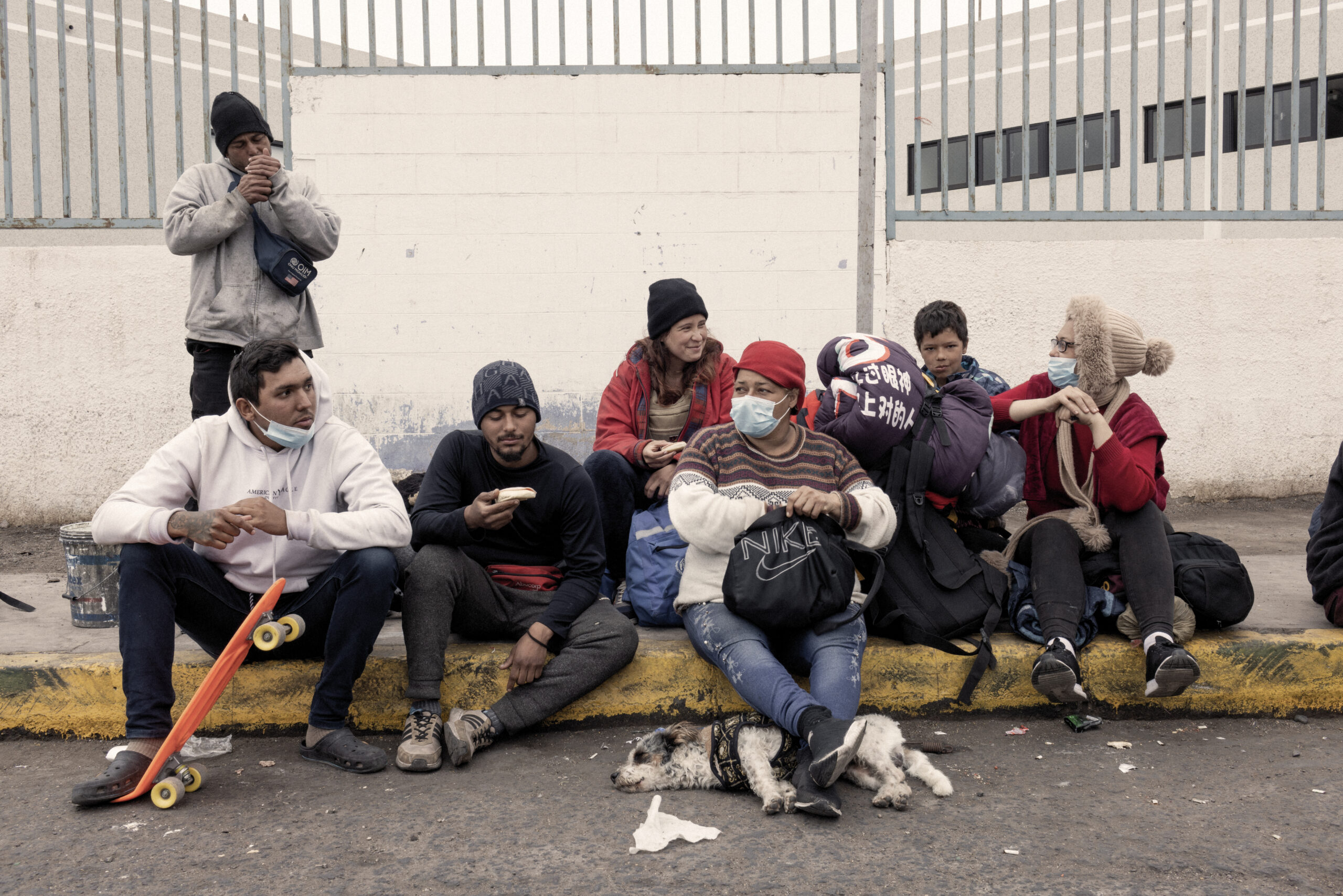If the right policies are in place, Venezuelans can contribute a lot – socially and economically.
Governments in the Latin America and Caribbean (LAC) region estimate that around 7.7 million Venezuelans live outside their country. A single figure cannot convey the significance of this population movement – the impact is huge in size and duration.
Just how Venezuelans impact the region depends on the policies that apply to them. One thing that is certain is that the more we know about this population, the more we can determine the kind of policies they need, and how we should act on them.

This is why the JDC supported a study of Venezuelans in Chile, Colombia, Ecuador and Peru. A Development Opportunity focuses on the socioeconomic profile of Venezuelans in countries that host some of the largest populations. The report tells us that most Venezuelans – between 65 percent in Ecuador and 95.5 percent in Colombia – are of prime working age. They also have a skill level that is generally higher than the national population and plan to stay where they are, despite being employed in jobs for which they are over-qualified due to the widespread lack of certification of their qualifications.
If policy can allow access to the formal labor market, then Venezuelans have the opportunity to realize their economic potential. Not only does this lead to self-reliance but the cost of providing Venezuelans and other forcibly displaced people with access to healthcare and education, is usually offset in the long-term by tax revenue from the increased population – making labor market access particularly important. This point is also made by the International Monetary Fund in Regional Spillovers from the Venezuelan Crisis: Migration Flows and Their Impact on Latin America and the Caribbean.

Some of the remaining challenges are how to close the gender gap in employment, which leaves many women out of work, and how to better protect the young by supporting their participation in education, training and the workforce. If these challenges can be met, then, often, there is no need for Venezuelans or other migrants and refugees to undertake dangerous onward journeys. In 2023, 63% of those crossing the Darien jungle were Venezuelans.
The data is already having impact. In Ecuador, the data in this report helped to unlock $30 million through the Global Concessional Financing Facility and led to visas and amnesties being granted to Venezuelans and the establishment of regularization processes. In Colombia, the results from surveys informed $750 million of World Bank Development Policy Financing supporting integration of Venezuelans.
But the barriers to inclusion are not always bureaucratic. People on the move in LAC often face discrimination – something that has been found in a number of other studies, including a paper produced by the Inter-American Development Bank, the Organization for Economic Cooperation and Development and UNHCR that was launched at the same time as the report on Venezuelans.
The day after these reports were launched, I attended the World Bank’s Fragility Forum where the inclusive approach of the LAC region towards Venezuelans was highlighted as a model to inspire and replicate elsewhere. At the Forum, we circulated the new JDC Strategy and discussed the impact that data can have on the lives of forcibly displaced people – something I only see more evidence of the longer I work for the JDC.
Yours sincerely,

Aissatou (Aisha) Dicko
Head of the Joint Data Center on Forced Displacement


